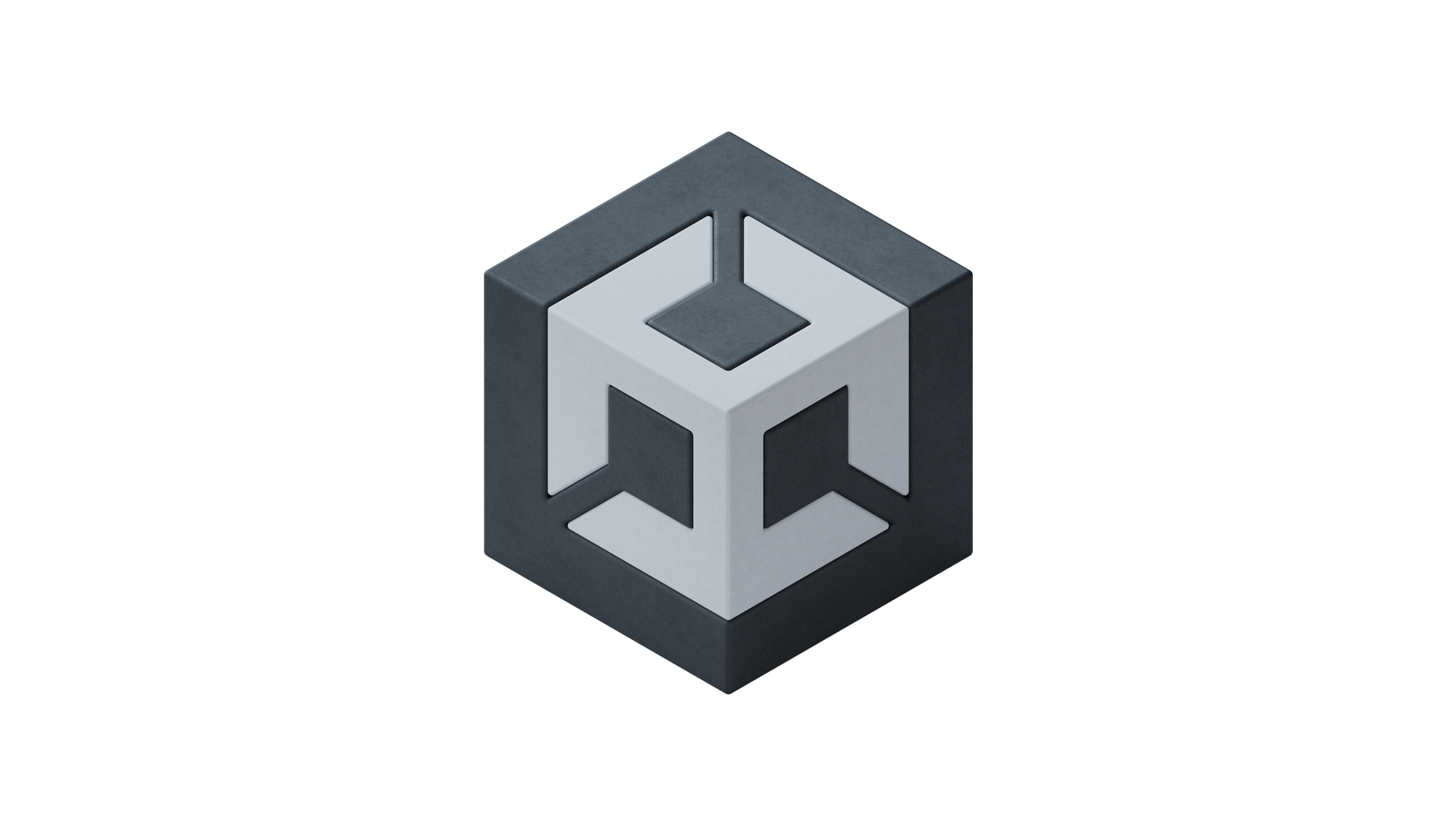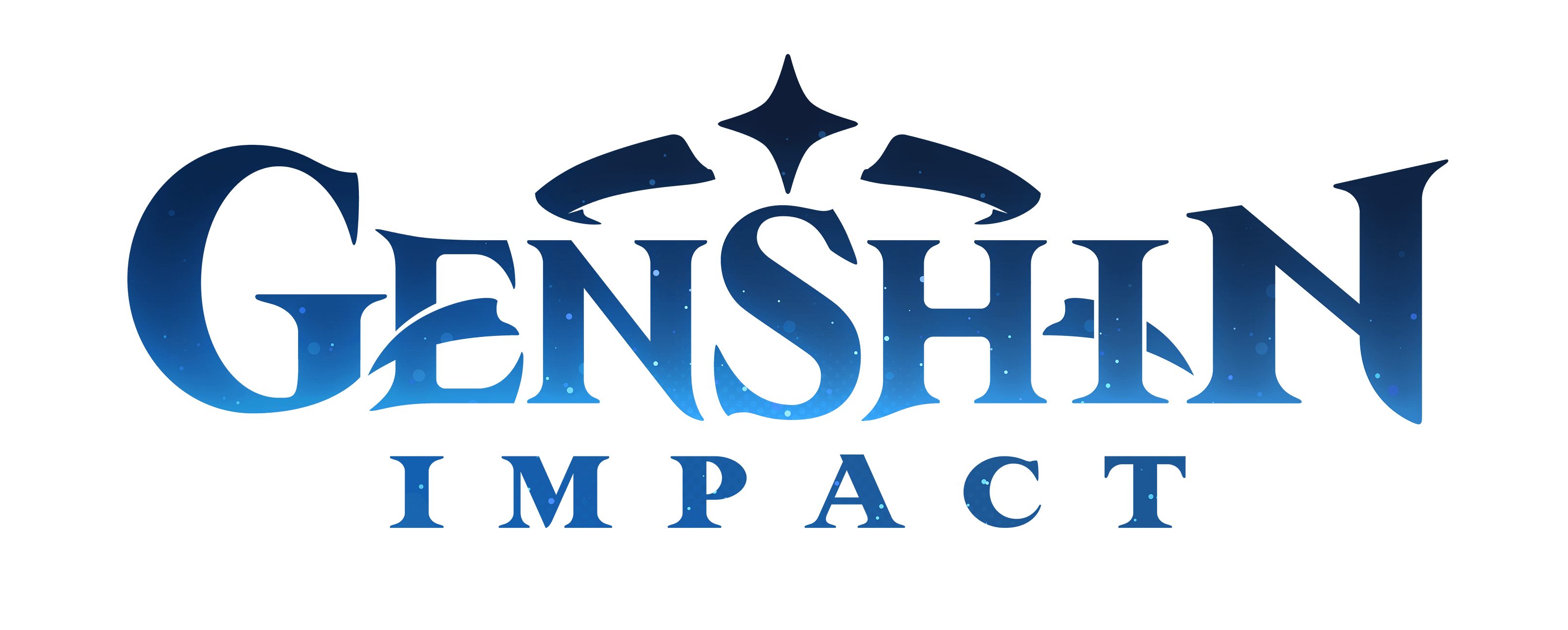
Unity game development
70%+
of the top 1,000 mobile games were made with Unity²
20+
end-user platforms supported for running Unity creations³
82
of the top 100 games use Unity to grow their games⁴
Creator credits¹
Make your game – we'll help with the rest.
Ship across billions of devices, get multiplayer running with less hassle, set up ads to earn revenue, find new players, and more.

How to make a game
Learn how to make a game—design, build, and create your own mobile, indie, or multiplayer video game.
Game development software and services
We continually invest in the engine and its ecosystem, with plug-and-play services that streamline non-creative tasks necessary for shipping a game.

Unity Enterprise
Get direct support from Unity engineers, source code access, extended Long Term Support (LTS), and more.

Success plans
Use Unity as an extension of your team. Get support answering questions, fixing bugs, and providing guidance and advice.

Professional services
Unity’s most senior software developers work directly with you in your projects.
Games made with Unity











Build for all major platforms
Deploy your game across desktop, iOS, Android, Nintendo Switch™, PlayStation®, Xbox®, Meta Quest, web, Apple Vision Pro, and more.

Community
Join the largest community of Unity users. Creators of all types – beginner to expert, hobbyist to pro – connect here to learn, share, and inspire.
Frequently asked questions
Is the Unity Engine free?
+Do I own the content that I create with Unity Pro?
+How can I get shared or “floating” licensing for Unity?
+Can I build and deploy to closed platforms (like Sony PlayStation® or Xbox®) with Unity?
+Where can I get a free trial of Unity Pro?
+What are some games that currently use Unity Ads?
+Disclaimers
- Creator credits: Batman: Arkham Shadow, Camouflaj | Outer Wilds, Mobius Digital | DREDGE, Black Salt Games | I Am Your Beast, Strange Scaffold | Beat Saber, Beat Games | Genshin Impact, miHoYo
- As of Q4 2022. Source: Apptopia. Disclaimer: Top mobile games is a blended number defined by the top 1,000 games from each of the Google Play Store and iOS App Store.
- As of September 2023. Source: Derived from internal Unity resources.
- As of 2023-10-25. Source: Data.ai. Disclaimer: Top 100 games based on 7-day average of worldwide downloads, both on Apple App and Google Play Stores, as of September 19, 2023 from data.ai.